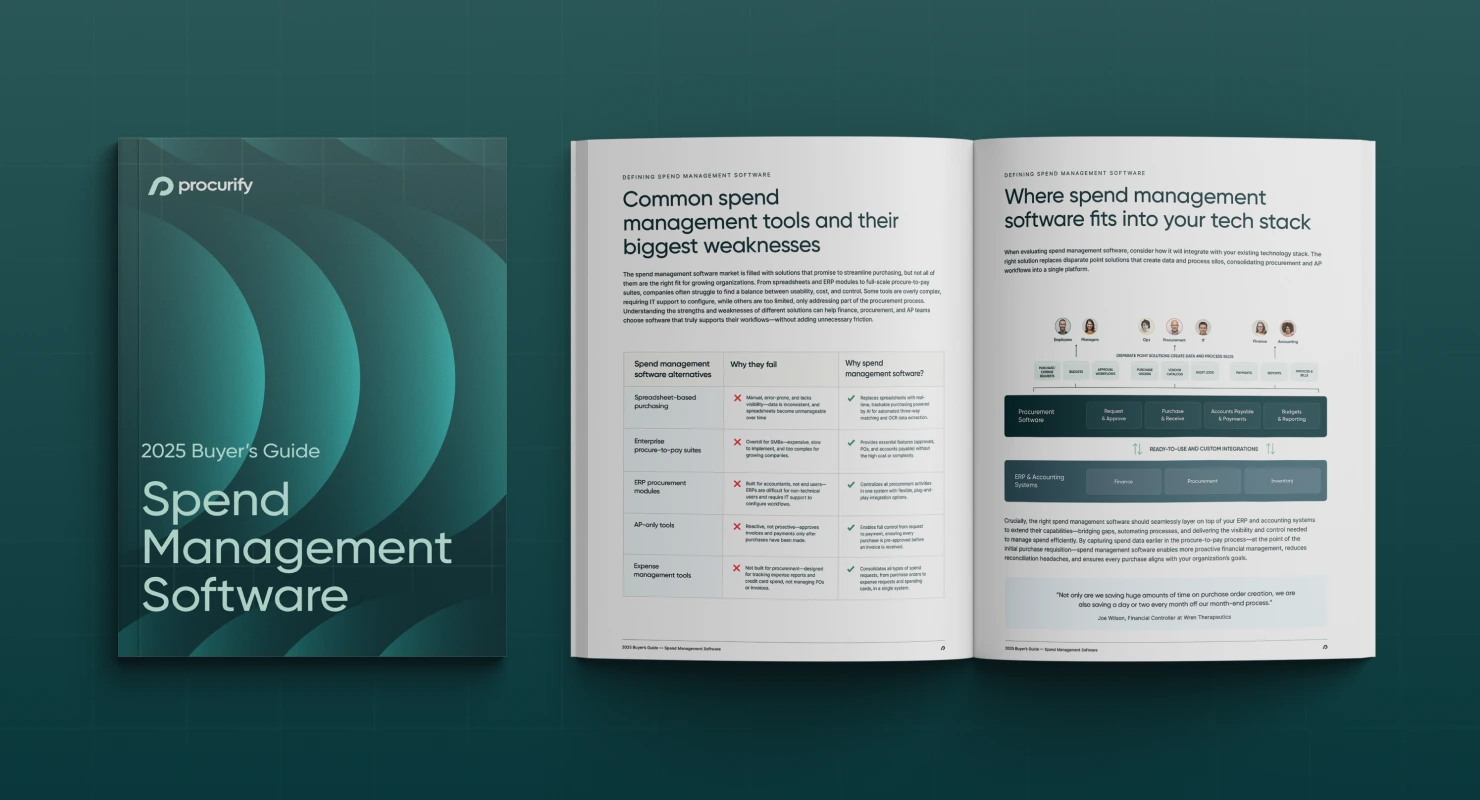All You Need to Know About Order Management And How to Speed Up Your Procurement Timeline

Order management is simply the process of efficiently tracking and fulfilling sales orders. It includes the cycle of people, processes, and suppliers to create a positive customer experience. The order management process starts from when a customer places an order, to keeping track of that order until it is fulfilled.
It also involves keeping a record of the customer – which may include their purchase history, payment method, and volume of order. Sales departments give notification to the warehouse to fulfill the order, and the order is then shipped to the customer.
Although this process seems straightforward, it is actually rather complex because it involves different departments and people to get a purchase order moved into sales, then delivered/end of sale.
This article will explain how to speed up your order management process to ensure orders are delivered to customers on time and that you never are faced with issues with low inventory ever again.
Measuring Sales Order Management with Order to Cash Process(O2C)
In wholesale businesses, Order to Cash is simply a phrase used to describe the process of placing an order up to the time the purchase is delivered and paid. It is the measurement of a process from start to finish. Order Management is the first section measured. The second is Bill to Cash (B2C). The start to end process includes:
- Placing of Order – The customer placing, receiving and paying for the order. The customer is assisted by a sales or customer service representative to fill the order form and submit it to be processed by the system. Alternatively, they can either order online or also by phone or in-store.
- Customer experience – Sales or customer service representatives keep a record of each customer – their order history, including volume and payment scheme.
- Order Fulfillment – The filled-out order form is sent to the warehouse responsible for the inventory that will fulfill the purchase. In the warehouse, inventory is monitored and the continuous supply from vendors is recorded. If inventory runs out unexpectedly by a large purchase order, warehouse managers will place an order to the purchasing department to place an order to vendors. If the business manufactures the goods, the warehouse notifies production of low or depleted inventory.
- Order Entry – The Accounting department is also given the entire order slip, including the stamp of fulfillment. The order is then recorded as cash sales or accounts receivable through their accounting software. Goods supplied by vendors and services provided for the delivery of goods are recorded as accounts payable. The sale is logged in the ledger, while the invoice is generated and sent to the client. The payment then is received and recorded.
- Delivering of Order – Shipping service providers or partners then deliver the goods to the customer.
Problems to Avoid in Order Management
Many wholesalers find that when the business takes off, many problems can arise due to the number of people involved as a company grows. As one-off incidences, problems such as late placement of order or wrong items delivered are seemingly harmless, but these can tarnish the reputation of a business and lead to unsatisfied customers.
In order to avoid delays and mistakes in delivery and incur a higher cost of sales, wholesalers must streamline their business processes. Analyze the flow of orders by cross-referencing in the different departments until it reaches cash payments. Here are some symptoms of ineffectiveness in the operations management process:
- Redundancy and delays in order submission.
- Data entry mistakes and human error (such as unclear handwriting) that may lead to fulfillment mistakes.
- Complications in manual processes and from old software systems.
- Outdated inventory information during ordering process that leads to backorders.
Improving Your Order Management Process
Using an advanced order management software to streamline the process is a definite solution. But based on business needs, you may not need such a specific software.
The source of the problems is usually outdated systems that have poor order management capabilities from the manual filling of order forms, how the forms are transmitted, and even the team of data encoders encoding the sales order.
Here are some examples of other ways to remedy the situation:
- Automating the process of filling order forms will eliminate errors in submission of orders and double entry, such as having Amazon Business PunchOut, which populates fields instantly in Amazon business and adds it to your purchase order.
- Integrating all sub-processes by integrating digital order solutions into existing ERPs such as NetSuite, or purchasing software platforms such as Procurify.
- Updating old solutions or office systems that affect the fulfillment procedure.
- Avoid backorders and slowdowns of order processing by providing sales/customer service reps with updated inventory information – keeping inventory data accessible to them real-time for strategic selling.
It’s Time to Speed Up Your Fulfillment Timeline
We don’t believe in waiting for paper P.Os to get approved or having hard-to-use solutions that take hours to learn.
Procurify allows easy request to approve workflows on mobile devices and speeds up your inventory procurement process through our Amazon PunchOut and NetSuite integration.
We have helped hundreds of forward-thinking companies across the world speed up their purchasing process and reduce their fulfillment timelines. Be part of the success stories.

2025 Spend Management Software Buyer’s Guide
Choose the spend management solution best suited to your organization’s needs with an overview of the 2025 software ecosystem, feature comparisons, and a free vendor capability evaluation checklist.
